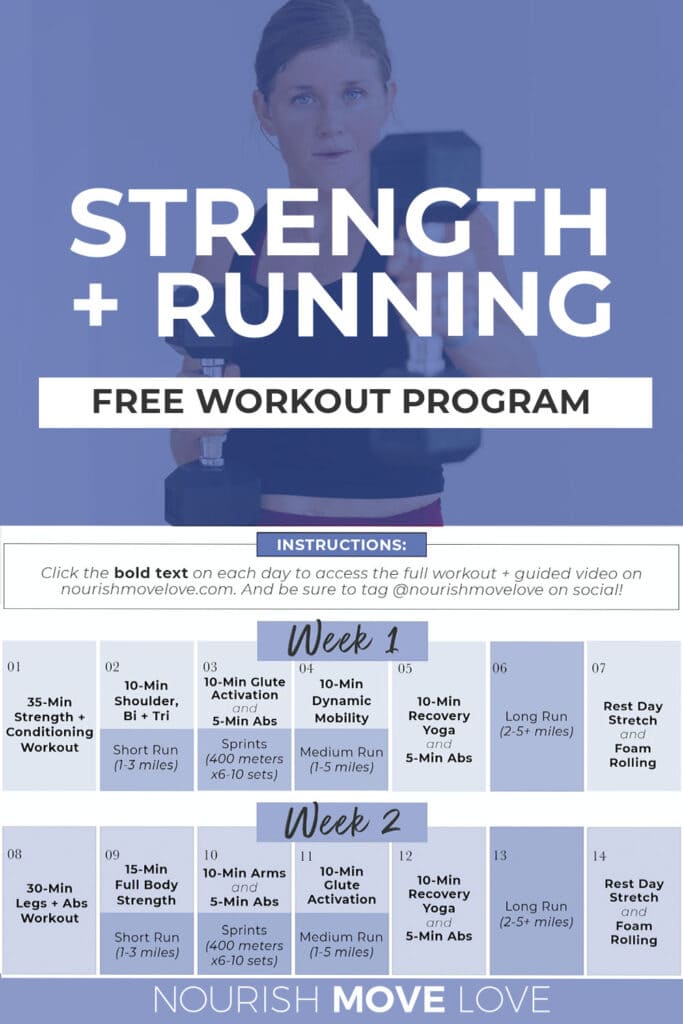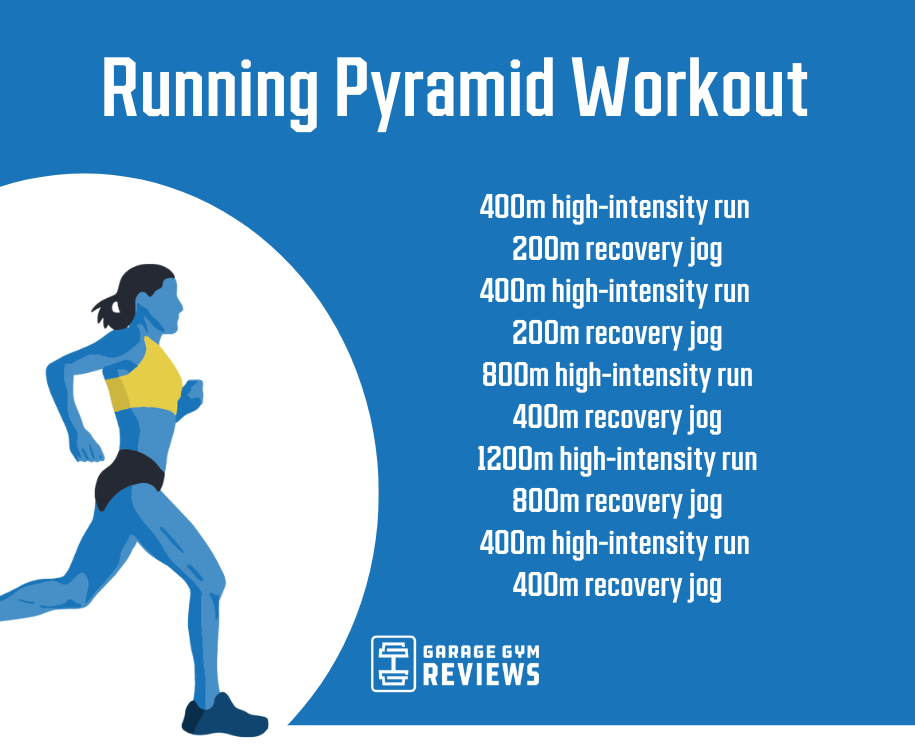Boost Your Running Strategy with Proven Techniques
Boost Your Running Strategy with Proven Techniques
Blog Article
Conquering Discomfort in Running: Techniques and Methods That Work
Pain is a typical buddy for lots of joggers, usually functioning as an obstacle to accomplishing their preferred goals. Nevertheless, with the appropriate approaches and strategies, it is feasible to get rid of and also avoid the discomfort related to running. By exploring various approaches such as recognizing the various kinds of running pain, optimizing footwear and kind, integrating cross-training and stamina exercises, carrying out efficient recuperation methods, and keeping correct nutrition and hydration, runners can possibly minimize their pain and boost their general running experience.
Recognizing Various Sorts Of Running Pain

One more kind of running discomfort is joint pain, which can manifest as a sharp or achy discomfort in locations such as the knees, hips, or ankles (running workout). Joint discomfort might be brought on by factors like incorrect running type, overuse, or underlying problems like joint inflammation (more info here). It is very important to distinguish in between muscular tissue soreness and joint discomfort, as the latter may need clinical attention to avoid more injury
Recognizing the various sorts of running discomfort is critical for effective monitoring and avoidance approaches to guarantee a risk-free and satisfying running experience.
Appropriate Shoes and Running Type
To maximize performance and reduce the risk of running-related injuries, selecting ideal shoes and preserving appropriate running form are vital elements for runners of all levels. Correct shoes plays a critical duty in giving assistance, cushioning, security, and defense for the feet and reduced arm or legs. It is advised to pick running footwear that are particularly designed for the individual's foot kind, running stride, and the kind of running task they involve in. Getting suitabled for footwear at a specialty running store can assist ensure the best fit and assistance.

Cross-Training and Stamina Exercises
Toughness exercises, like squats, lunges, and core workouts, play a crucial duty in maintaining muscle mass and boosting running performance. They can remedy muscular tissue imbalances, improve dexterity, and boost power output, all of which are important for running performance.
It is essential to allow for ample remainder between running sessions and cross-training tasks to avoid overuse injuries. By including these elements into a running regimen, runners can develop a see page more powerful foundation, enhance efficiency, and delight in an extra sustainable running experience - great tips.
Recuperation and Rest Strategies
Having developed the value of cross-training and strength exercises in a thorough running routine, focus can now be guided in the direction of Recovery and Relax Strategies as essential parts for optimizing performance and minimizing the danger of injuries. (running workout)
Recuperation after running is important for muscle repair service and development. Techniques such as foam rolling, stretching, and massage therapy aid in reducing muscle mass pain and improving versatility. Appropriate remainder in between runs allows the body to recuperate and adjust to the physical stress and anxiety, preventing overuse injuries.
Integrating energetic recuperation days into a training timetable, where low-intensity tasks like walking or cycling are carried out, can improve blood flow and advertise recovery without putting excess strain on the muscles. Furthermore, appropriate hydration and nourishment play an important role in the healing process by renewing lost liquids and nutrients.
Quality rest is an additional essential aspect of recovery that should not be overlooked. During sleep, the body goes through repair service and regeneration procedures, adding to total physical and psychological health. By focusing on recuperation and remainder methods, runners can maintain optimum performance levels and decrease the possibility of experiencing pain or injuries.
Nutrition and Hydration for Runners
Carbs provide energy for running, while proteins help in muscle repair service and recuperation. Sufficient hydration is likewise essential to maintain ideal efficiency, as also moderate dehydration can negatively affect running efficiency. In addition, timing meals and snacks properly before runs can aid avoid intestinal pain and give the necessary energy for peak performance.
Final Thought
To conclude, by understanding the various kinds of running pain, using correct shoes, keeping proper running form, incorporating cross-training and strength exercises, prioritizing recovery and rest, and focusing on nutrition and hydration, runners can successfully get rid of discomfort and boost their performance. Applying these strategies and techniques can assist joggers prevent injuries, improve their endurance, and eventually take pleasure in an extra satisfying running experience.
Report this page